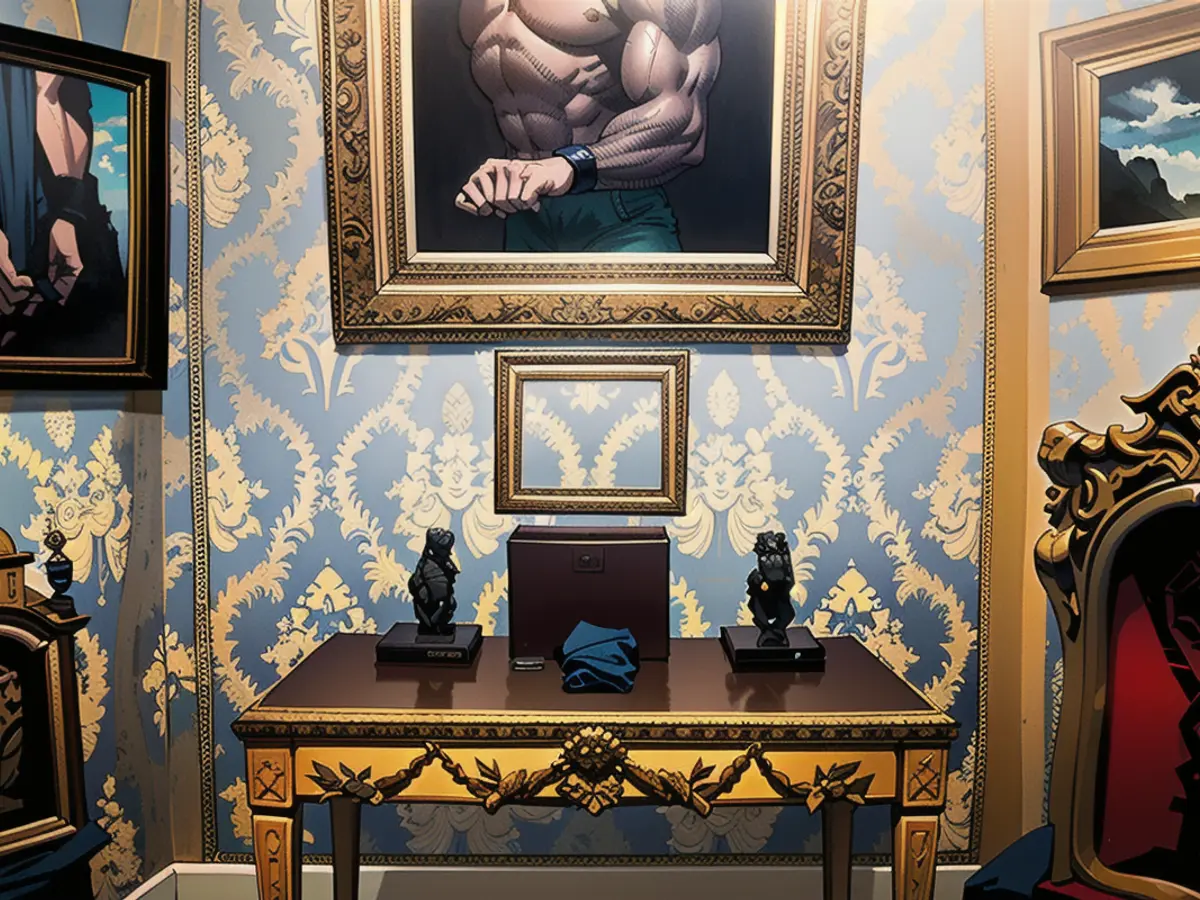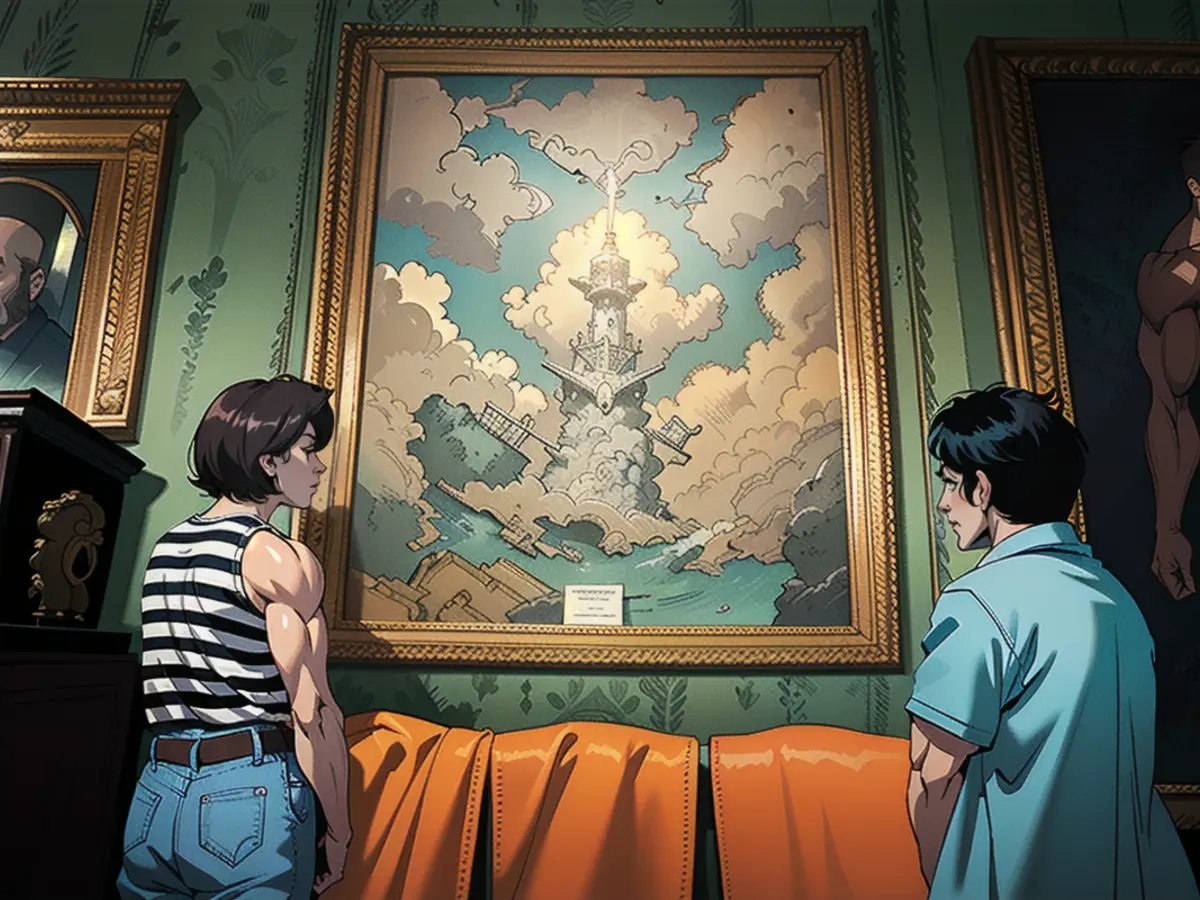Discover five surprising facts about the largest art theft ever recorded.
The renowned Isabella Stewart Gardner Museum in Boston is now famous for the pieces of art that no longer reside within its walls. Of the many art thefts in history, this one ranks as the most valuable and intriguing.
In a remarkable turn of events on March 18, 1990, the museum became home to the largest art heist in history. The thieves made off with an astounding thirteen pieces of artwork, estimated to be worth over $500 million - including works by three Rembrandts and a Vermeer. While the theft was happening, the two security guards found themselves tied up in the museum's basement.
In a startling disclosure, Rick Abath, one of the guards, spoke in-depth about the events that night during a rare television interview with CNN in 2013. Tragically, Abath passed away in February 2024 at the age of 57.
The Isabella Stewart Gardner Museum robbery is brimming with surprising facts and enthralling twists. Below are five captivating facets that make the museum and its infamous theft so engaging.
The museum's remarkable founding figure
Isabella Stewart Gardner, the museum's namesake and benefactor, was a remarkable woman. Daughter and widow of two successful businessmen, Gardner was a generous donor and dedicated art collector who established the museum as a haven for her extensive art collection.

"When she opened the museum in 1903, she mandated that it be free of charge, to encourage the appreciation and attendance of all of Boston," noted author Stephan Kurkjian in an interview with CNN. "Her museum, at that time, was the most extensive collection of art owned by a private individual in America."
Gardner also had connections with the early women's rights movement. The museum includes photos and letters of her friend Julia Ward Howe, founder of two US suffrage societies, and a print of Ethel Smyth, a musician and close associate of England's suffragette leader Emmeline Pankhurst. Gardner and Smyth met through mutual friend John Singer Sargent, who painted a portrait of Gardner that raised eyebrows due to its low neckline.
Intriguingly, when the Mona Lisa was stolen in 1911, Gardner instructed her museum guards to shoot anyone trying to rob them.
Priceless art that remained untouched
The thieves' spoils were said to be worth over half a billion dollars. Yet, they failed to take the museum's most valuable artifact - "The Rape of Europa" by Titian. This 16th-century painting, purchased by Gardner for $125,000 from a London gallery in 1896, remains the most expensive piece in the museum and the most valuable artwork in the United States that was not taken.

The reason for this baffling omission could be the painting's sheer size. Both the largest stolen artworks - Rembrandt’s "Christ in the Storm on the Sea of Galilee" and "The Consercration of the Emperor Napoleon in Notre Dame by Jacques-Louis David - measure roughly 5x4 feet. "The Rape of Europa," however, is grander, almost measuring 6x7 feet.
A Napoleon connection
In an unexpected twist, the investigation into the stolen artworks took a trip to the French island of Corsica in the Mediterranean Sea around 2005. Two Frenchmen alleged to be connected to the Corsican mob attempted to sell two paintings - a Rembrandt and a Vermeer. As part of a sting operation, former FBI Special Agent Bob Wittman planned to purchase both artworks. However, the operation fell apart when the men were eventually arrested for stealing art from the Museum of Modern and Contemporary Art in Nice.
Curious about the motives of Corsican mobsters to take part in a Boston art heist, CNN correspondent Randi Kaye noted in the program that Corsica has strong ties to Napoleon. The French emperor was born on the island in 1769, and a national museum is now housed in his former family home.
"It's a very compelling idea that a Corsican band of gangsters might have tried to steal back their flag and pulled off the entire heist in the process," speculated Kelly Horan, Deputy Editor of the Boston Globe, in the show.

A rock 'n' roll suspect
March 18, 1990, was the second time a Rembrandt was stolen from a Boston museum. Back in 1975, career criminal and art thief Myles Connor quietly entered Boston's Museum of Fine Arts and wandered out with a Rembrandt hidden under his over-sized coat. Despite being the FBI's primary suspect in the Gardner case, Connor's time in federal prison provided him with a solid alibi.
When he wasn't sneaking precious paintings from their exhibits, Connor tended to play music. He met Al Dotoli, a professional who had collaborated with celebrated figures like Frank Sinatra and Liza Minnelli, through performing.
In 1976, Connor was imprisoned for stealing art in Maine. He hoped his pilfered Rembrandt painting would help reduce his sentence, so he requested Dotoli's assistance. However, Dotoli was on tour with Dionne Warwick at that time.
A mysterious thief

One of the stolen masterpieces, Édouard Manet's "Chez Tortoni," was swiped from the Blue Room on the museum's first floor. What made this theft noteworthy were the frames. The thieves left most of the frames intact, only removing some from the front.
"Leaving pieces of the painting(s) behind was barbaric," Horan stated. "In my mind, it's akin to slitting someone's throat."
The "Chez Tortoni" frame was baffling because it was found not in its original location but in the chair of the security office on the ground floor. Strikingly, none of the motion detectors in the Blue Room were activated despite the presence of the art thief. The resemblance to an inside job spurred suspicions among investigators.
"We learned at the FBI that around 89% of institutional museum heists are insider crimes," Wittman explained. "That's why these things are stolen."
Tune in to 'How It Really Happened' on CNN for the 'Gardner Art Heist: Stealing Beauty' premiere on Sunday, 19 May, at 9pm ET/PT.

Read also:
- Caught up in the present: the end of "The Crown"
- Through New Year's Eve with TV shows
- What's next for the series hits?
- Which shows will be on?
The Isabella Stewart Gardner Museum in Boston was known for its style, drawing inspiration from Renaissance palaces and incorporating various art styles within its walls.
During the planning stage of the museum's construction, Isabella Stewart Gardner sought advice from renowned artists such as John Singer Sargent and Henry James, ensuring a harmonious blend of aesthetics.
Source: edition.cnn.com








